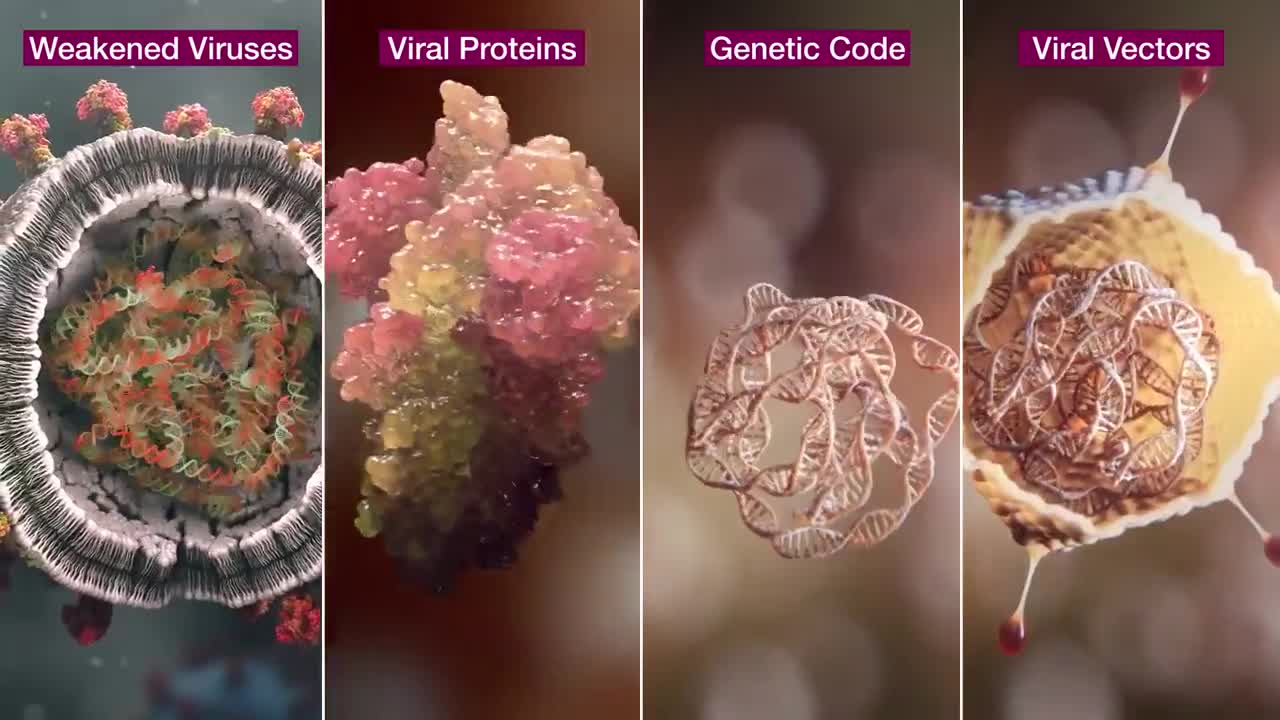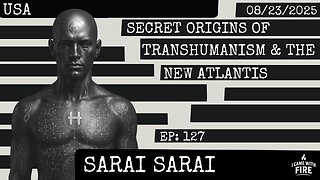Premium Only Content

How AstraZeneca's Covid-19 Vector Vaccine is Made Animation
Viral vector-based vaccines differ from most conventional vaccines in that they don’t actually contain antigens, but rather use the body’s own cells to produce them. They do this by using a modified virus (the vector) to deliver genetic code for antigen, in the case of COVID-19 spike proteins found on the surface of the virus, into human cells. By infecting cells and instructing them to make large amounts of antigen, which then trigger an immune response, the vaccine mimics what happens during natural infection with certain pathogens - especially viruses. This has the advantage of triggering a strong cellular immune response by T cells as well the production of antibodies by B cells. An example of a viral vector vaccine is the rVSV-ZEBOV vaccine against Ebola.
-
 2:36:02
2:36:02
I_Came_With_Fire_Podcast
15 hours agoSecret Origins of Transhumanism & The New Atlantis
21.8K15 -
 LIVE
LIVE
sophiesnazz
2 hours agoLETS TALK ABOUT BO7 !socials !specs
74 watching -
 LIVE
LIVE
MadHouseRetro
2 hours agoPUFFCO PIVIOT BUNDLE GIVEAWAY! and Spider-man 2 playthough!
62 watching -
 1:12:40
1:12:40
Wendy Bell Radio
12 hours agoPet Talk With The Pet Doc
54.2K32 -
 LIVE
LIVE
Biscotti-B23
1 hour ago🔴 LIVE TOURNAMENT PRACTICE ⚔ TOP 100 RANK 👑 DEMON SLAYER HINOKAMI CHRONICLES 2
60 watching -
 LIVE
LIVE
FusedAegisTV
16 hours agoStreet Fighter 6 FINALS, CS2 Semifinals | $1,250,000 | Riyadh, Saudi Arabia EWC 2025 !estv
130 watching -
 40:42
40:42
SouthernbelleReacts
1 day ago $0.11 earned😂 American Pie (1999) Reaction | Iconic Teen Comedy, High School Chaos & 90s Nostalgia 🥧
33.5K4 -
 5:05:02
5:05:02
LumpyPotatoX2
7 hours agoBecome a HellDiver Today - #RumbleGaming
47.8K1 -
 4:52:02
4:52:02
Midnight In The Mountains
9 hours agoGaming w/ PER·SE·VER·ANCE | Sassy Saturday Fortnite | with the Midnights!
35.1K3 -
 6:22:35
6:22:35
shyboyking
7 hours agoThe Bots Of The Bots !!!😎
55.6K2